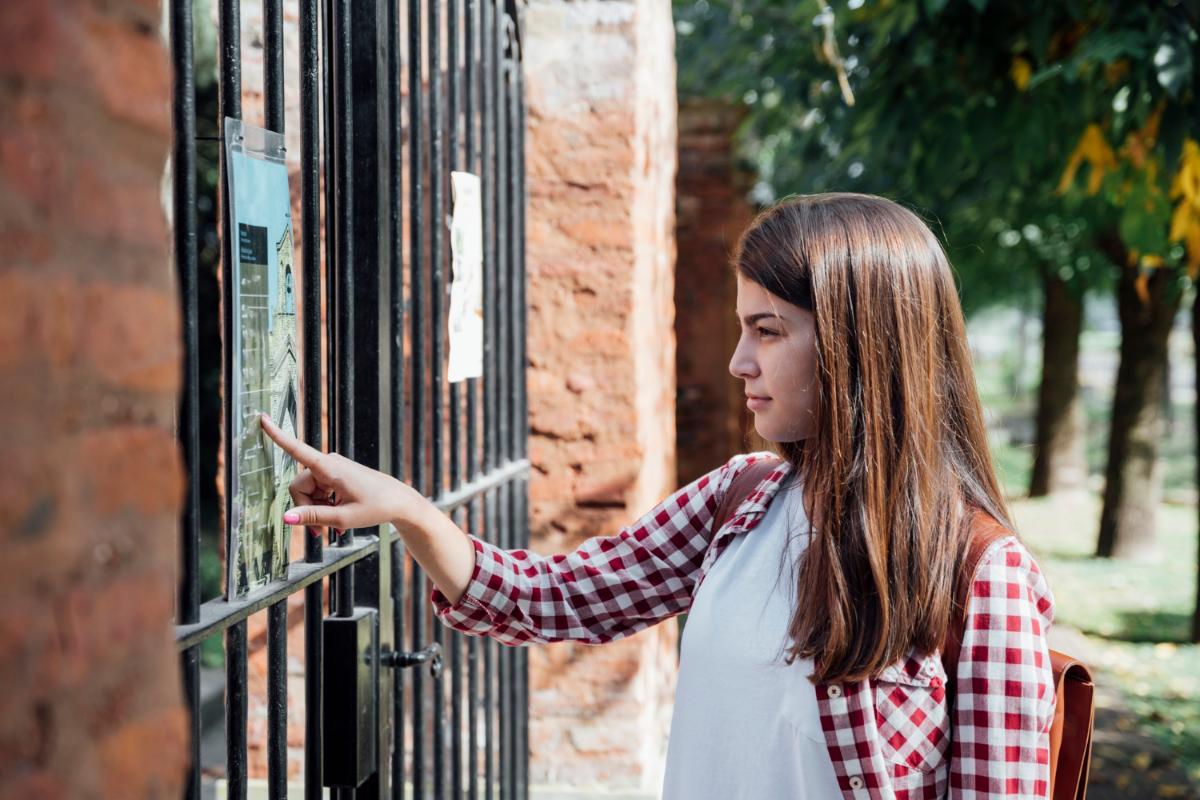Best Practices in Access Control

Reasonable security demands more than having the correct set of tools – you must also use them correctly. For example, it doesn't matter if you maintain unbreakable encryption if a user keeps their password as "password." The same stands for access control. If your apartment building, gated community, or office complex employs access control to control how people get in, you'll want it to be as straightforward as possible for residents and workers to use best practices and keep the community safe.
Limit rights based on needs
This is one of the critical points for using effective access control, but it gets overlooked too often – not everybody needs to have all the rights. The way most managers handle this is to provide each person with the lowest access required and nothing more. For instance, residents should only have access to their sub-development if a gated community has numerous developments inside with their own gates. In office settings, perhaps the marketing department doesn't require access to accounting and vice versa. It is always more manageable to grant additional privileges than to cancel them.
Keep an up-to-date access control list
Not keeping your authorized access list up to date quickly undermines outstanding access control. For example, when an employee leaves your company or a resident moves out, you should take them off the authorized list. In addition, if the administration is not actively monitoring, it is easy for your list to get out of hand.
Alternate access codes
If your gated community employs a 4-digit code for residents and guests, how many individuals have the code at the end of the month or the year? How often you switch the code depends on how big your community is and whether or not you can produce unique codes for every visitor (although this creates another problem because giving out dozens or hundreds of deviations of codes makes it nearly effortless for somebody to guess one of them randomly). Many neighborhoods and office buildings are moving away from access codes in favor of solutions like RFID and smartphone entry.
Keep a secure visitor's log
When somebody opens your gate or enters the building, can you tell who it was or when? If you use a generic guest code, it's impossible to know who used the code (without checking with security footage). Keeping a secure visitor log demands having the proper procedures in place to be able to capture the required information. If your facility or community doesn't employ RFID or smartphone access, give each resident or worker a special visitor code to share so that at least the usage can be partially tracked. However, it's better to use a system that can generate different IDs for each guest.
Balance safety and convenience
Despite all of the current technological advances, there is a core truth about safety that can't be innovated around – the safer an area is, the less easy it will be to enter. Think of the most extreme model. A room without doors or windows is the safest, but it is rather inconvenient. Every layer of security you add to your entry control is another layer standing in the way of convenience. Finding a reasonable balance between them that works for your needs is essential.
These are a few best practices for access control in your community or facility to consider. Contact us today to learn more about our security gate software. We want to keep your community safe!